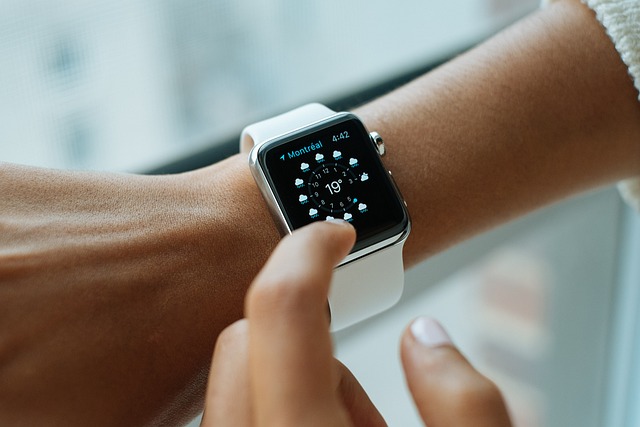Mastering Touchscreen Calibration: Enhancing Your Display Experience
In today’s tech-driven world, touchscreen devices have become an essential part of our daily lives. Whether you’re using a smartphone, tablet, or a touchscreen laptop, the responsiveness and accuracy of the display significantly impact your user experience. One often overlooked but critical aspect that ensures smooth interaction with your device is touchscreen calibration.
Imagine trying to select an app or type a message, only to find your taps registering incorrectly or lagging behind your gestures. It’s frustrating, right? That’s where touchscreen calibration comes into play. Proper calibration aligns your touch input with the display precisely, making your touchscreen device feel more intuitive and reliable.
Why Touchscreen Calibration Matters
Over time, the sensitivity and accuracy of touchscreen displays can drift due to factors like hardware wear, environmental conditions, or software updates. This drift can cause discrepancies between where you touch and where the device registers the input.
- Improved Accuracy: Calibration fine-tunes the touch sensor to ensure your taps and gestures are recorded exactly where intended.
- Smoother Navigation: When your device responds correctly, navigating menus and typing becomes effortless.
- Enhanced Productivity: Accurate touch inputs reduce errors and save time, especially important for professionals relying on tablets or touchscreen laptops.
How to Perform Touchscreen Calibration
Most modern devices come with built-in calibration tools, or you can use third-party apps designed for this purpose. Here’s a simple step-by-step approach:
- Access Calibration Settings: Check your device’s display or touch input settings for calibration options.
- Follow On-Screen Prompts: You will likely be asked to tap specific points on the screen precisely.
- Verify Accuracy: After calibration, try using your device to make sure touches register correctly.
- Repeat if Necessary: Sometimes multiple calibration rounds yield the best results.
Tips for Maintaining a Responsive Touchscreen
Besides calibration, here are a few tips to keep your touchscreen performing at its best:
- Keep Your Screen Clean: Dirt, grease, and moisture can interfere with touch sensitivity.
- Use the Right Tools: Use compatible styluses or your fingertips – avoid sharp objects that can damage the screen.
- Update Software: Keep your device’s software updated to benefit from performance improvements and bug fixes.
- Avoid Extreme Temperatures: Both excessive heat and cold can affect touchscreen responsiveness.
Embrace a Seamless Interactive Experience
Whether you’re a casual user enjoying games and apps or a professional needing precise control for design or presentations, mastering touchscreen calibration enhances your overall display experience. It bridges the gap between you and your device, transforming simple touch gestures into seamless interaction.
Take control of your tech experience today by ensuring your touchscreen is calibrated correctly, and enjoy the smooth, responsive display you deserve!




